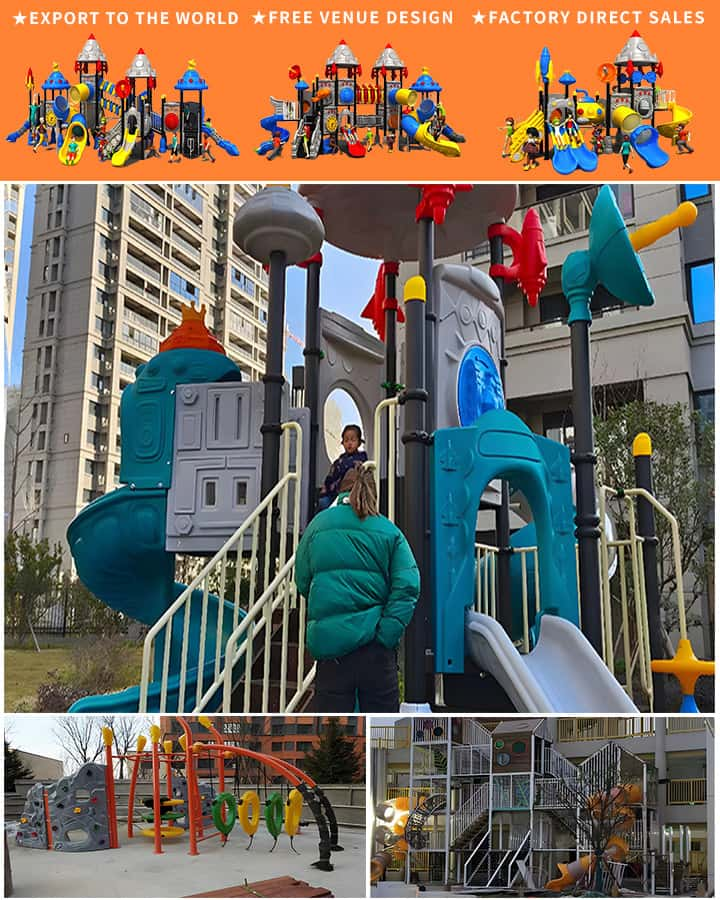In today’s world, the importance of children’s physical and mental development cannot be overstated. Playgrounds play a crucial role in this development, offering kids a space to explore, exercise, and interact socially. However, setting up these havens for children comes with its own set of financial considerations. The cost of children’s playground equipment can vary widely based on several factors, making it essential for parents, communities, and organizations to understand what goes into budgeting for such projects.
Factors Influencing Costs
Material Quality: The type of materials used in playground equipment significantly affects the price. High-quality materials like non-toxic, UV-resistant plastics and treated wood are often more expensive but offer durability and safety. Cheaper alternatives might save money upfront but could result in higher maintenance costs and shorter lifespan.
Size and Complexity: Larger and more complex structures such as multi-level playsets, zip lines, or climbing walls tend to be more costly. These installations require specialized design, engineering, and installation processes that add to the overall expense.
Type of Equipment: Different types of playground equipment come at different price points. Swings, slides, seesaws, and sandbox sets may be relatively affordable, whereas interactive electronic play equipment, sensory play areas, and custom-designed installations can be significantly more expensive.
Safety Features: Safety is paramount in any playground, and features like soft surfaces (e.g., rubber mats, wood chips), rounded edges, and impact-absorbing structures increase both the safety and the cost. Compliance with local safety regulations also necessitates specific design elements that can drive up expenses.
Installation and Labor: Professional installation ensures that the equipment is safely and correctly set up, which involves labor costs. Complex installations require specialized skills and equipment, further adding to the total cost.
Maintenance and Longevity: While not an immediate cost, ongoing maintenance is an important factor. Equipment made from durable materials with warranties might have higher upfront costs but lower long-term expenses due to reduced need for repairs and replacements.

Budgeting Tips
For those planning to outfit a playground, here are some tips to manage costs effectively:
Prioritize Essential Items: Start with fundamental equipment like swings, slides, and climbing structures. These offer diverse play options and are often essential for a well-rounded play environment.
Consider Used or Refurbished Equipment: Opting for second-hand or refurbished items can drastically reduce costs without sacrificing too much on quality.
Phased Approach: Instead of installing everything at once, phase the playground development. This allows for better financial management and the ability to assess what additional equipment might be necessary over time.
Community Involvement: Engaging the community through fundraising efforts can help offset costs. Grants, donations, and community events can provide significant financial support.
DIY Options: For those with the appropriate skills, constructing certain elements of the playground yourself can cut down on labor costs. Ensure any DIY construction meets safety standards and regulations.
Conclusion
The cost of children’s playground equipment can vary widely based on numerous factors including material quality, size, safety features, and installation requirements. By understanding these variables and planning accordingly, it becomes easier to create a safe and enjoyable play environment without breaking the bank. Whether you’re a parent looking to build a backyard playground or a community organizing a public park, careful budgeting and thoughtful planning are key to balancing cost and quality.




